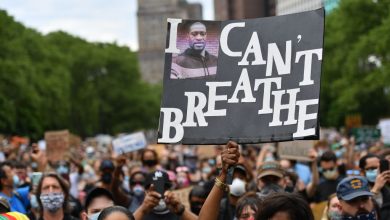Most Common Questions Applicants Ask About DS-160

The DS-160 is the first step for most nonimmigrant visa applicants applying at a U.S. consulate.. This online document gathers key details about your background, travel plans, and personal history. Because the information becomes part of your official record, even a small mistake can create setbacks.
Many applicants have questions about form DS-160, especially when unsure about the type of information required or how to correct errors. Understanding what others ask most frequently can clear away confusion and make the process far smoother. With the right knowledge, applicants can avoid delays and approach the visa process with confidence.
What Information Is Required?
The DS-160 collects details across several sections. Applicants are expected to provide accurate personal data, work history, and prior travel information. Consular officers rely on this data to review the application in full.
Missing or incorrect details can raise red flags. To avoid issues, applicants should have all the required information ready before filling out the form. Below are the most frequent details requested on the DS-160:
- Full legal name and date of birth.
- Passport number and travel details.
- Work history and educational background
- Previous U.S. visits and visa history.
- Family information, including spouse or children.
How Long Does It Take to Complete the Form?
Time is another major concern for applicants. How long it takes depends on how well-prepared you are before starting the application.
Having documents on hand reduces stress and speeds up completion. Applicants who prepare can expect to finish in under an hour. Below are the items that make the process easier and faster:
- A valid passport.
- Dates of past international travel.
- Employment and education records.
- Digital photo that meets USCIS standards.
Is Professional Assistance Available for Completing the DS-160?
Completing the DS-160 may feel simple, but mistakes can lead to denials or delays. Many applicants underestimate how much a small error can affect their case. This is where professional legal services can make a difference.
An immigration lawyer can guide applicants through each section of the form. They review details, flag possible mistakes, and ensure the information supports the visa application. By working with experienced professionals, applicants reduce risks and approach the process with greater confidence.
Can the DS-160 Be Updated After Submission?
Applicants often realize mistakes after submitting the form. This creates worry about how to fix the error and whether the visa application is now at risk. The process for corrections is straightforward but must be handled carefully.
In most cases, applicants can complete a new DS-160 with corrected details. The confirmation page of the updated form must then be used at the visa interview. If mistakes are significant, consulting a legal professional is the safest path.
How Does the DS-160 Connect to the Interview?
The DS-160 sets the stage for the visa interview. Officers use the details provided as the basis for their questions. Consistency between the form and the answers given during the interview is critical.
Discrepancies may lead to follow-up questions or even suspicion. Applicants should review the information on their form before attending the interview. Careful preparation ensures confidence and reduces unnecessary stress during this stage.
Moving Beyond Common DS-160 Worries
Applicants face many questions while working with the DS-160. Concerns about required details, timing, corrections, interviews, and technical issues are common. Mistakes on the form can cause delays, but preparation makes the process smoother. By understanding how Form DS-160 works and when to seek help from immigration law firms, applicants strengthen their visa chances. With the right approach, the DS-160 becomes a step toward opportunity rather than an obstacle.




